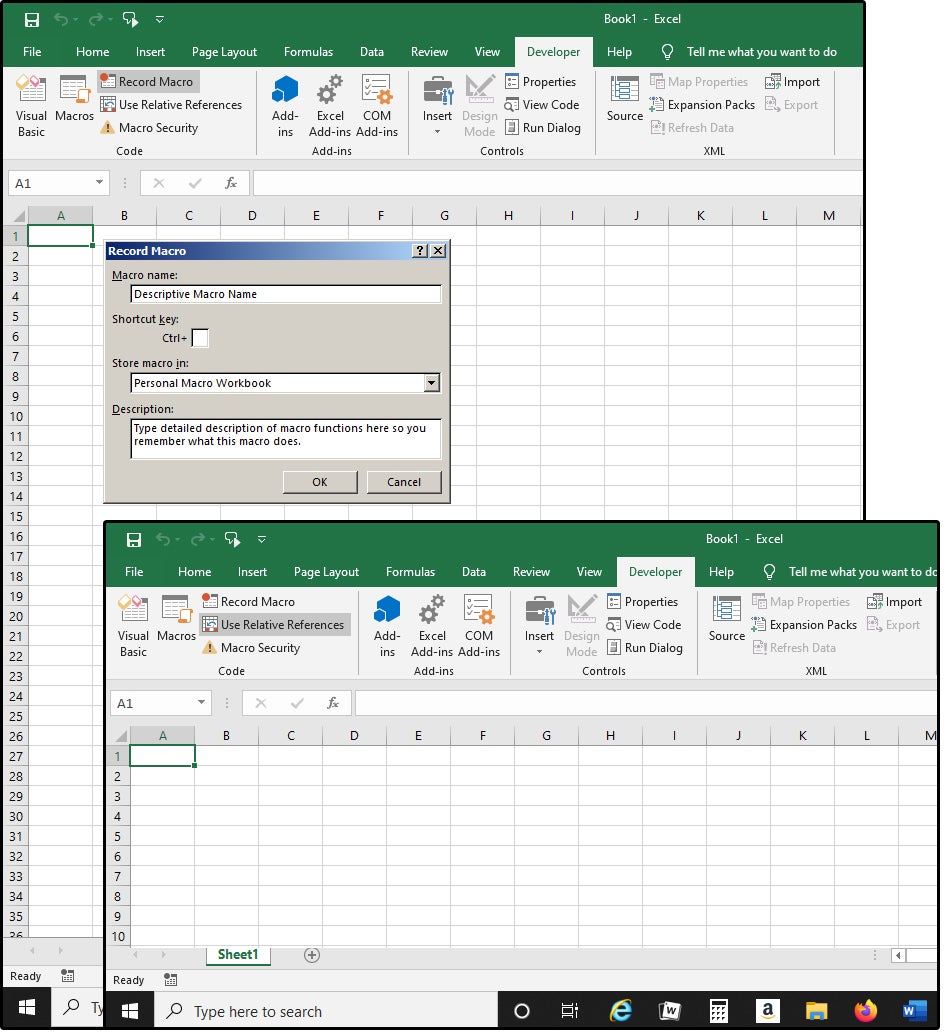5 Essential Tips for Excel Formulas

When working with Microsoft Excel, one can harness the full potential of this powerful tool through the adept use of formulas. Whether you're juggling numbers for financial analysis, managing large datasets, or creating complex models, understanding how to effectively use Excel formulas can significantly enhance productivity. Here are five essential tips to get you started or to polish your Excel formula skills.
1. Know Your Basic Formulas

Before diving into complex formulas, you should be comfortable with basic Excel functions:
- SUM: Calculates the total of a range of cells.
- AVERAGE: Computes the average of selected numbers.
- COUNT: Counts the number of cells with numeric values.
- IF: Allows for conditional logic within your spreadsheets.
- VLOOKUP: Searches for a value in the first column of a table and returns a value in the same row from another column.
🛠️ Note: Practicing these basics can often save time when troubleshooting complex formulas.
2. Use Named Ranges for Clarity

Named ranges simplify formula construction and maintenance:
- Define a name for a cell or range via the ‘Formulas’ tab, ‘Define Name’ option.
- Use these named ranges in your formulas to make them more readable and less error-prone.
🛠️ Note: Named ranges also work seamlessly with Excel's table features for better data management.
3. Leverage Conditional Formatting

Conditional formatting can highlight data based on specific criteria:
- Apply conditional formatting through the ‘Home’ tab, then ‘Conditional Formatting’.
- Use formulas within conditional formatting to dynamically format cells.
🛠️ Note: Formulas like =A1>50 can make your spreadsheet visually intuitive by changing cell colors or text.
4. Automate with Array Formulas

Array formulas can perform multiple calculations on one or more sets of data:
- To enter an array formula, write it in the formula bar and press Ctrl+Shift+Enter.
- They allow you to perform tasks like summing with conditions in one go.
🛠️ Note: Array formulas often provide a clean way to replace multiple individual calculations.
5. Use the F9 Trick for Formula Debugging

The F9 trick can help debug formulas step-by-step:
- Select part of a formula and press F9 to evaluate that part separately.
- Use this to understand how Excel is interpreting your formula elements.
🛠️ Note: Be cautious when using F9, as it can change formula values if not done in edit mode.
Mastering these tips can elevate your Excel skills, making formula creation, editing, and troubleshooting more efficient. Incorporating these practices can also make your work more visually appealing and understandable, leading to better decision-making and analysis.
What’s the difference between VLOOKUP and HLOOKUP?

+
VLOOKUP searches for a value in the first column of a table and returns a value from the same row in another column, while HLOOKUP searches horizontally in the first row and returns a value from the same column in another row.
Can I combine multiple functions in one formula?

+
Absolutely! You can nest functions within each other to perform complex calculations. For example, you might nest an IF function inside a SUM to add up values based on specific conditions.
How do I prevent Excel from changing references when copying formulas?

+
Use absolute references by adding the symbol to the column or row reference (e.g., A$1) to lock the cell reference when copying the formula.
What are array formulas and when should I use them?

+
Array formulas allow you to perform multiple calculations at once, often replacing several regular formulas. Use them for tasks like summing with multiple conditions or creating complex calculations across a dataset.
How can I quickly learn which formulas are available in Excel?

+
Excel provides formula suggestions as you type. You can also access the complete list of functions via the ‘Formulas’ tab, where you can search for functions by category or type keywords into the search box.